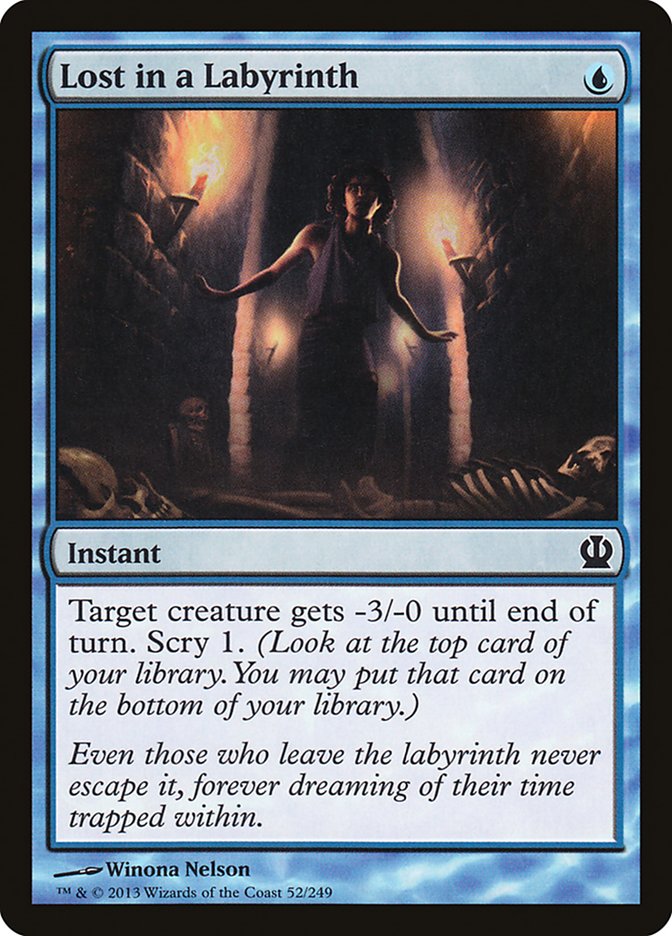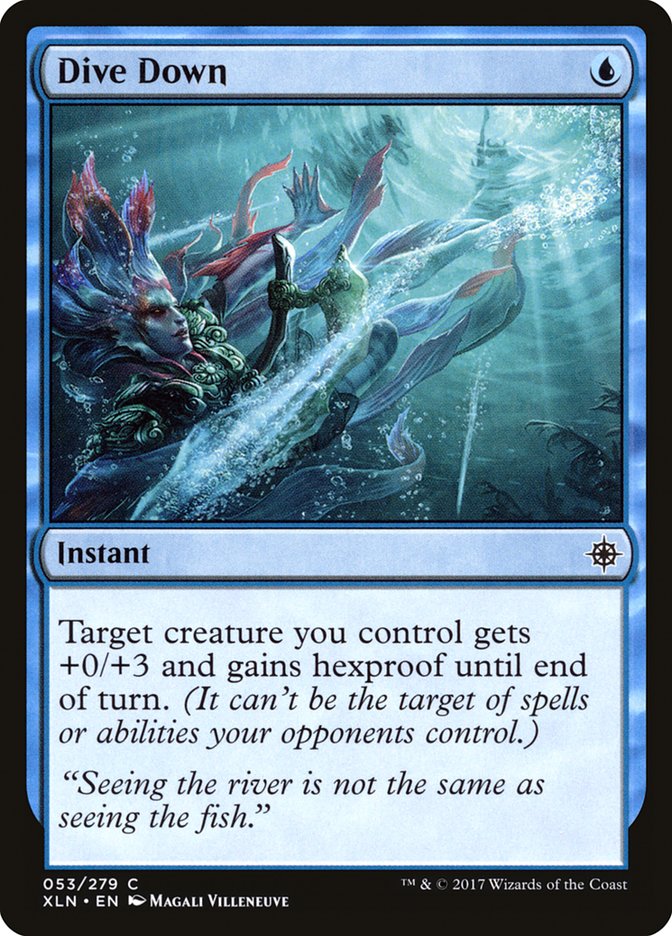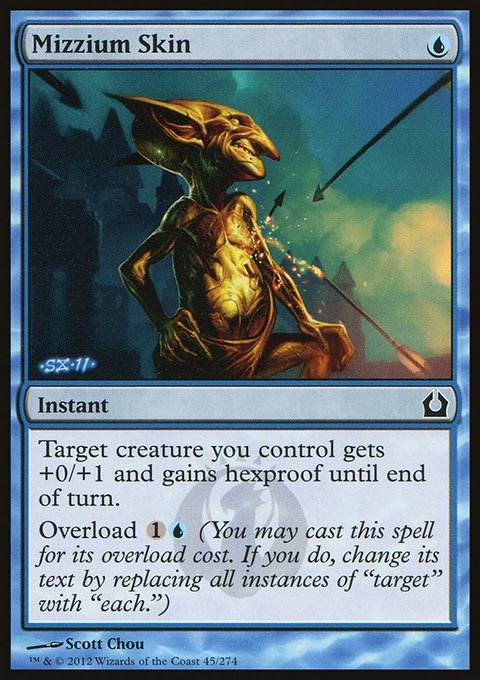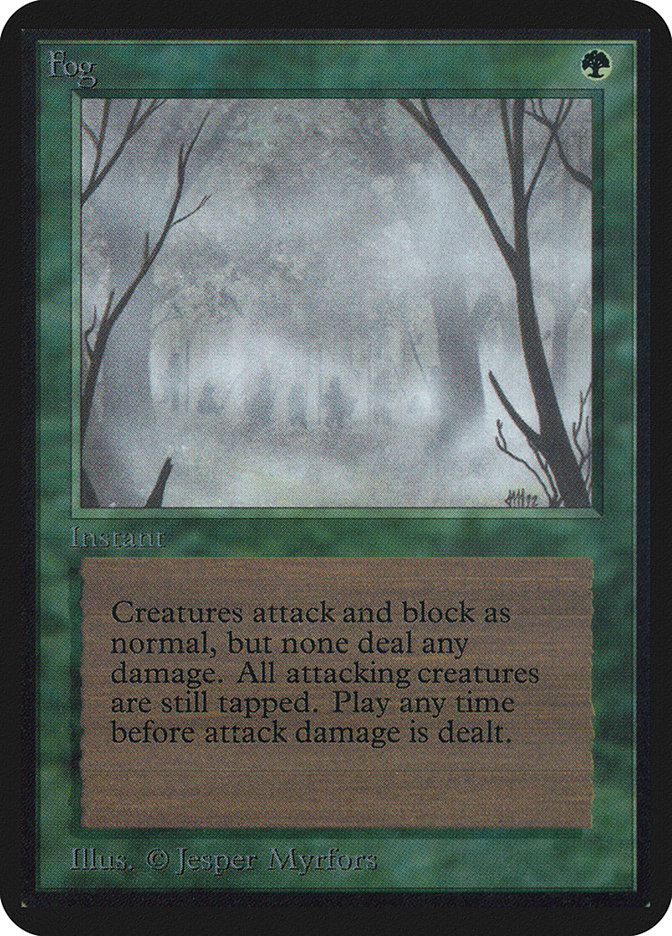Lost in a Labyrinth MTG Card
| Mana cost | |
| Converted mana cost | 1 |
| Rarity | Common |
| Type | Instant |
| Abilities | Scry |
| Released | 2013-09-27 |
| Set symbol | |
| Set name | Theros |
| Set code | THS |
| Number | 52 |
| Frame | 2003 |
| Layout | Normal |
| Border | Black |
| Illustred by | Winona Nelson |
Text of card
Target creature gets -3/-0 until end of turn. Scry 1. (Look at the top card of your library. You may put that card on the bottom of your library.)
Even those who leave the labyrinth never escape it, forever dreaming of their time trapped within.
Cards like Lost in a Labyrinth
When delving into the intricate blend of card effects in the Magic: The Gathering universe, Lost in a Labyrinth stands out with its unique ability to immensely impact combat dynamics. Its kinship is closely associated with cards such as Dive Down, providing a succinct boost to a creature’s toughness. Unlike Dive Down, however, Lost in a Labyrinth doesn’t grant hexproof but instead opts for the strategic advantage of scrying 1, allowing players to manipulate their next draw.
Counterspells like Mizzium Skin also present a parallel by offering protection, particularly from targeted spells, which Lost in a Labyrinth lacks but compensates for with its deck-stacking capability. Essential to tactical maneuvering, this difference in effects aligns with players’ varied defensive strategies. Another comrade in arms is the classic Fog patch, which provides a more generalized umbrella of protection by preventing all damage from creatures for a turn, as opposed to Lost in a Labyrinth’s creature-specific defense boost.
In essence, Lost in a Labyrinth earns its place as a versatile tool in the hands of those who prefer control over the tempo of the match and value the foresight in card sequences over unilateral protective measures. It’s a card that intricately weaves the immediate pleasure of combat tricks with the enduring benefit of shaping future turns.
Card Pros
Card Advantage: “Lost in a Labyrinth” can disrupt your opponent’s strategies by forcing a shuffle of their library. In doing so, if they have been setting up their deck with card scrying or tutoring, this instant disrupts that preparatory work, potentially leading to a card advantage for the user.
Resource Acceleration: Although not directly providing resource acceleration, “Lost in a Labyrinth” can be used strategically to impede your opponent’s mana development if they are searching for specific lands or ramp spells. By shuffling their library, you might delay crucial plays, indirectly benefiting your mana curve equilibrium.
Instant Speed: As an instant, “Lost in a Labyrinth” offers flexibility in gameplay. You can cast it at the most opportune moment — perhaps when your opponent is about to draw a known threat or after they have organized their deck’s top cards through effects or abilities. Utilizing it at instant speed ensures that you remain responsive and unpredictable in your defense tactics.
Card Cons
Discard Requirement: Venturing into the intricate designs of Lost in a Labyrinth requires parting with a card from your hand. This trade-off often reflects a resource setback as you grapple with dwindling options.
Specific Mana Cost: To activate the spells and mysteries within Lost in a Labyrinth, a precise mana combination is necessary. If your deck isn’t aligned with these requirements, the card’s potential remains unexplored.
Comparatively High Mana Cost: When assessing the mana investment against the effect, Lost in a Labyrinth might not always emerge as the top choice. There are alternatives in the vast array of cards that could offer similar benefits at a potentially lower cost, making them more appealing for strategic deck building.
Reasons to Include Lost in a Labyrinth in Your Collection
Versatility: Lost in a Labyrinth is not just a regular counterspell. Its unique ability to temporarily exile a creature provides a way out of otherwise fatal board states or disrupting your opponent’s synergies, making it a versatile addition to any collection.
Combo Potential: This card can serve as a key component in decks focused on delaying tactics or in combination with cards that benefit from creatures entering and leaving the battlefield, opening the door to a multitude of strategic plays and interactions.
Meta-Relevance: With a metagame that often cycles between aggro and control, Lost in a Labyrinth shines by providing a cost-effective method to handle problematic creatures and maintain board control, reinforcing its relevance in various competitive scenarios.
How to beat
Lost in a Labyrinth is a unique card in Magic: The Gathering that can throw players off their strategic course. Successfully overcoming it hinges on recognizing its potential to disrupt your plays. To navigate past this obstacle, always keep up mana for counter spells, particularly those that target enchantments or those enabling you to untap your creatures. It’s essential to play proactive cards like enchantment removal, which allows you to remove Lost in a Labyrinth directly from the battlefield.
It’s also crucial to deploy creatures with abilities that don’t depend on tapping or to use them before Lost in a Labyrinth is activated if possible. Cards that grant hexproof or shroud can also protect your key creatures from being targeted, thereby preserving your ability to continue executing planned actions without interruption. In essence, a mix of countering capabilities, strategic play around tap timings, and protective measures for your creatures serves as the most effective toolkit to ensure that Lost in a Labyrinth doesn’t lead you to a dead end in your game.
Where to buy
If you're looking to purchase Lost in a Labyrinth MTG card by a specific set like Theros, there are several reliable options to consider. One of the primary sources is your local game store, where you can often find booster packs, individual cards, and preconstructed decks from current and some past sets. They often offer the added benefit of a community where you can trade with other players.
For a broader inventory, particularly of older sets, online marketplaces like TCGPlayer, Card Kingdom and Card Market offer extensive selections and allow you to search for cards from specific sets. Larger e-commerce platforms like eBay and Amazon also have listings from various sellers, which can be a good place to look for sealed product and rare finds.
Additionally, Magic’s official site often has a store locator and retailer lists for finding Wizards of the Coast licensed products. Remember to check for authenticity and the condition of the cards when purchasing, especially from individual sellers on larger marketplaces.
Below is a list of some store websites where you can buy the Lost in a Labyrinth and other MTG cards:
 BUY NOW
BUY NOW BurnMana is an official partner of TCGPlayer
- eBay
- Card Kingdom
- Card Market
- Star City Games
- CoolStuffInc
- MTG Mint Card
- Hareruya
- Troll and Toad
- ABU Games
- Card Hoarder Magic Online
- MTGO Traders Magic Online
See MTG Products
Legalities
Magic the Gathering formats where Lost in a Labyrinth has restrictions
| Format | Legality |
|---|---|
| Commander | Legal |
| Legacy | Legal |
| Paupercommander | Legal |
| Modern | Legal |
| Oathbreaker | Legal |
| Pauper | Legal |
| Vintage | Legal |
| Duel | Legal |
| Pioneer | Legal |
| Penny | Legal |
Rules and information
The reference guide for Magic: The Gathering Lost in a Labyrinth card rulings provides official rulings, any errata issued, as well as a record of all the functional modifications that have occurred.
| Date | Text |
|---|---|
| 2013-09-15 | Scry appears on some spells and abilities with one or more targets. If all of the spell or ability's targets are illegal when it tries to resolve, it won't resolve and none of its effects will happen. You won't scry. |
| 2013-09-15 | When you scry, you may put all the cards you look at back on top of your library, you may put all of those cards on the bottom of your library, or you may put some of those cards on top and the rest of them on the bottom. |
| 2013-09-15 | You choose how to order cards returned to your library after scrying no matter where you put them. |
| 2013-09-15 | You perform the actions stated on a card in sequence. For some spells and abilities, that means you'll scry last. For others, that means you'll scry and then perform other actions. |



